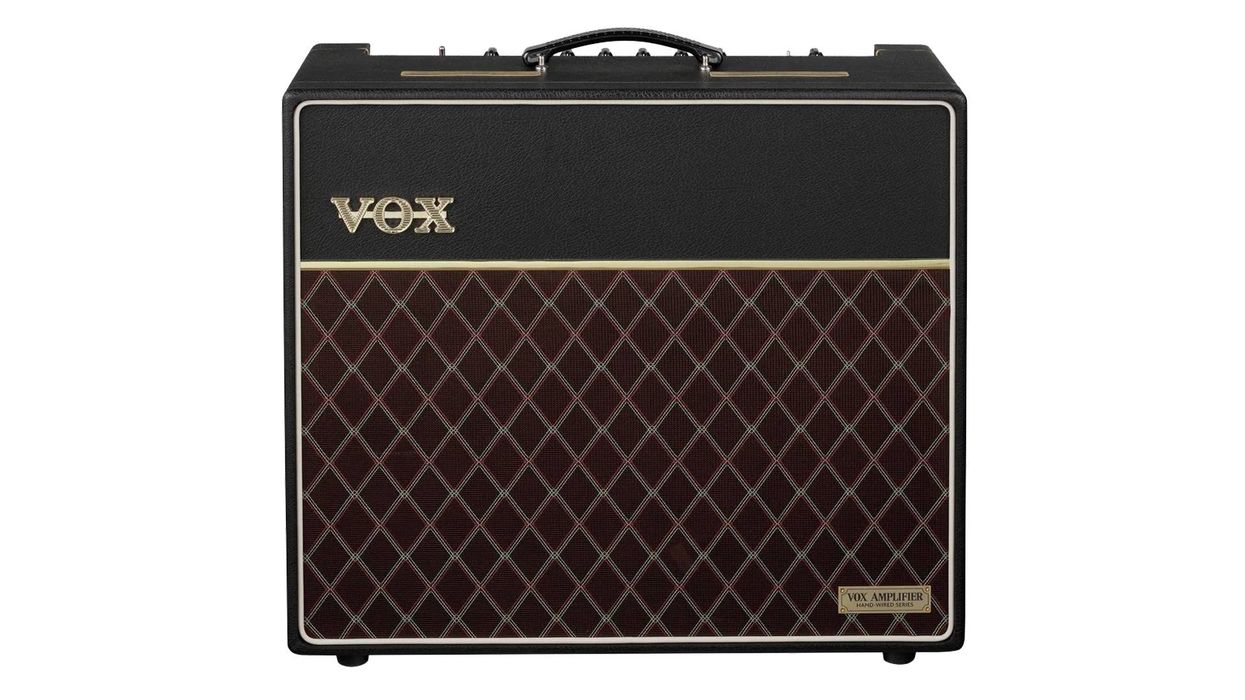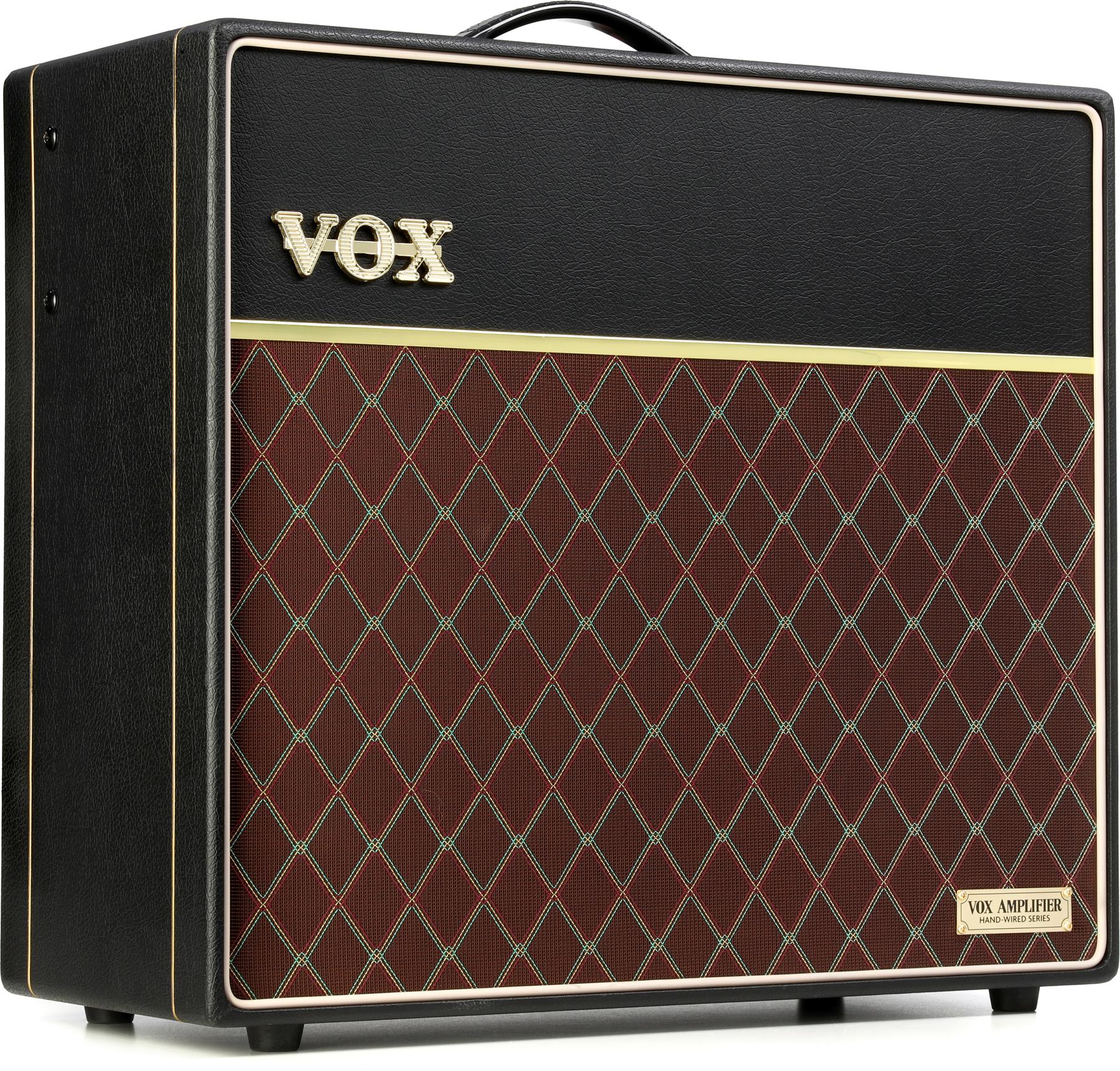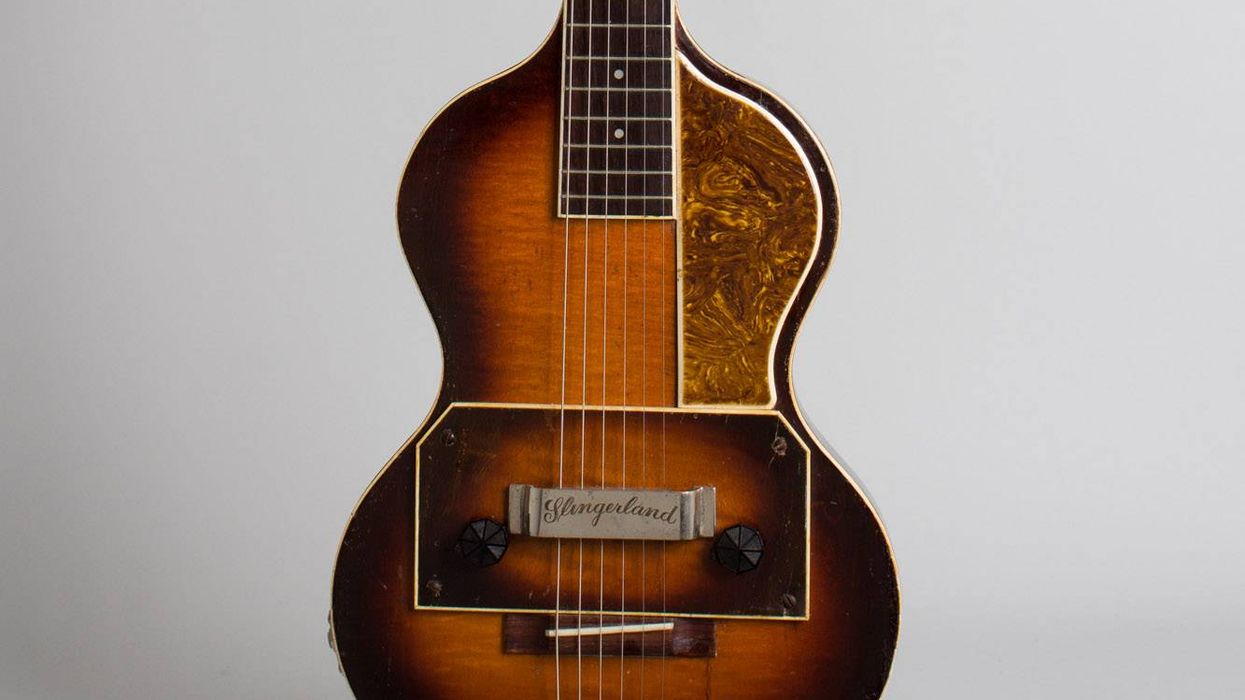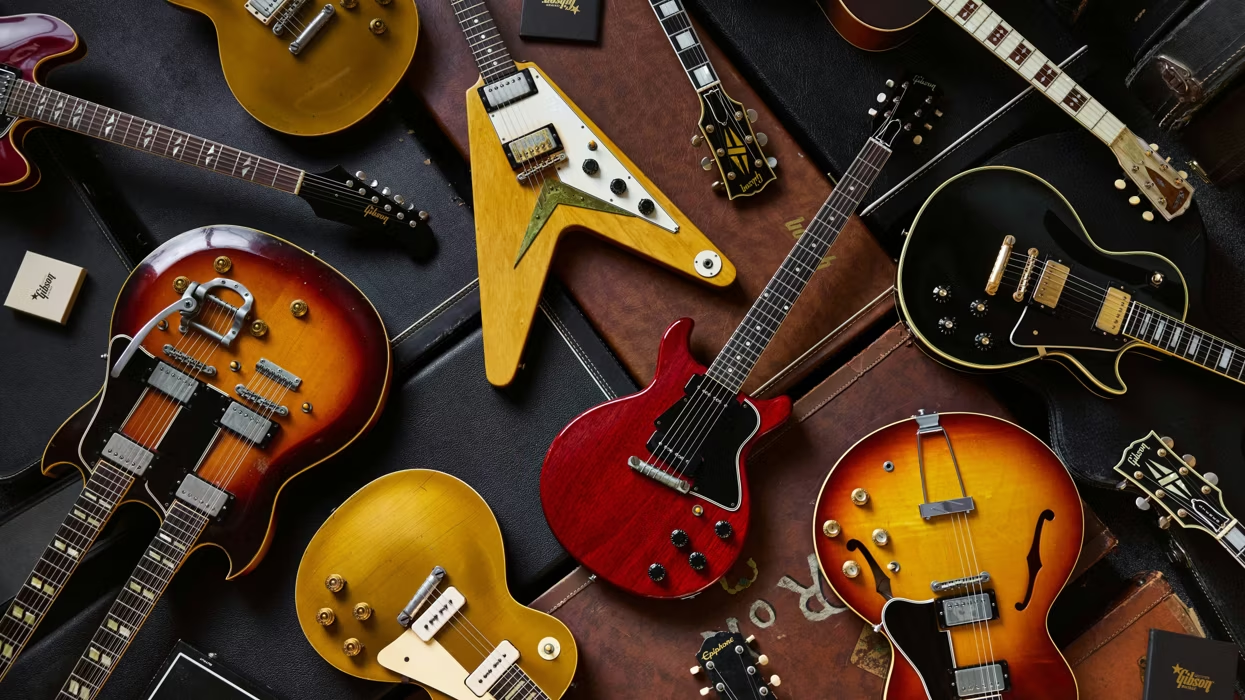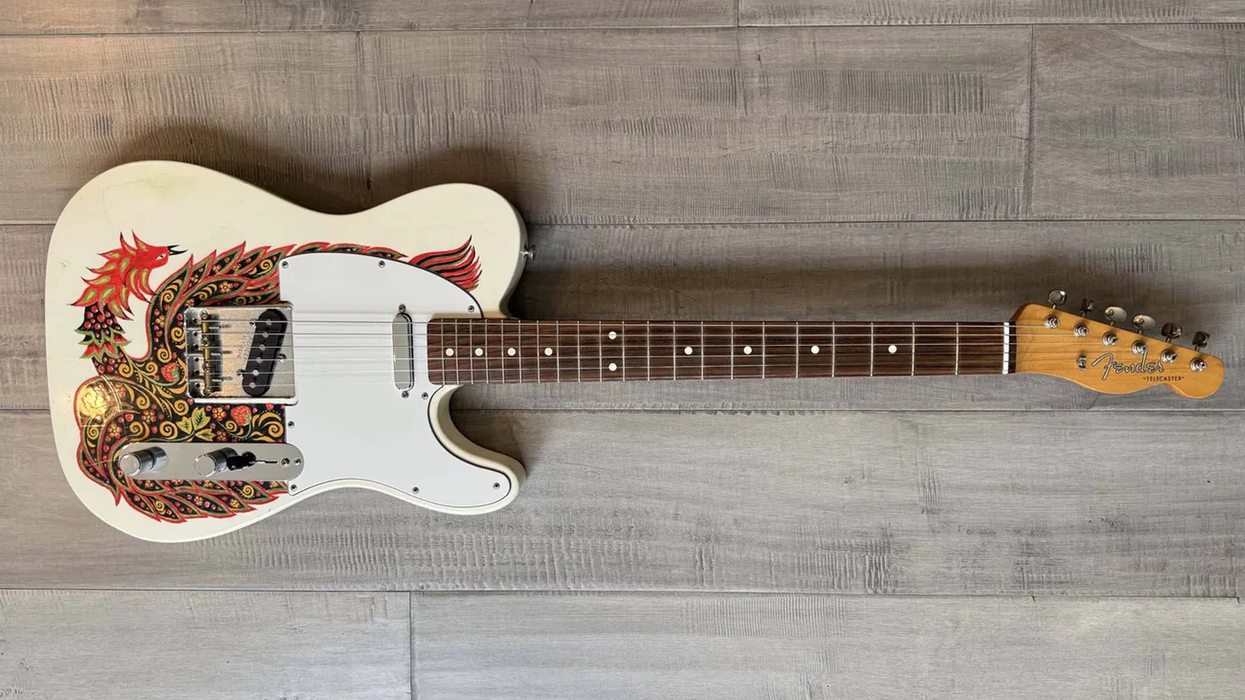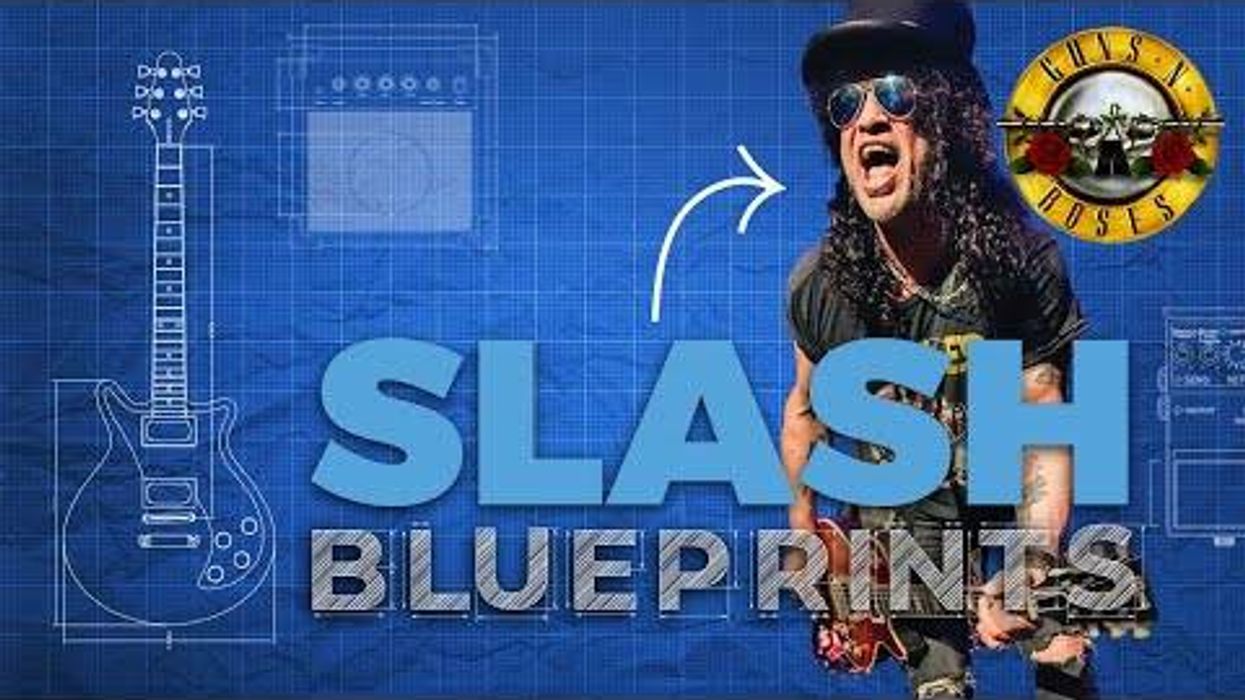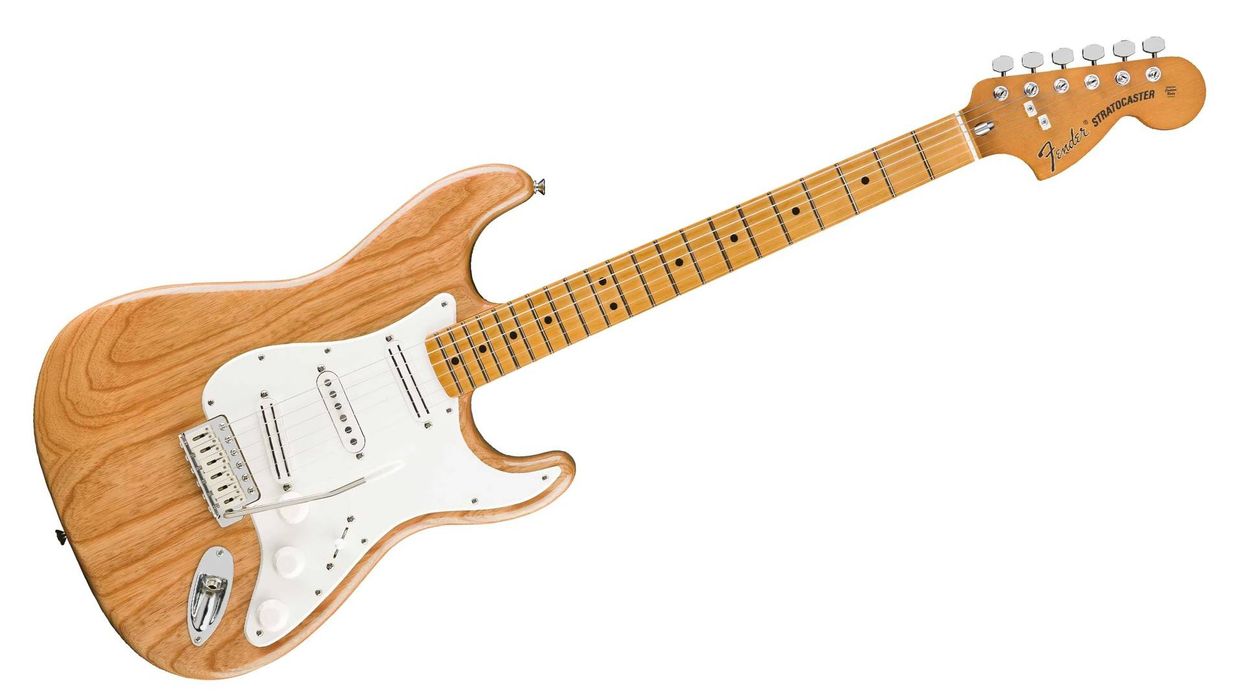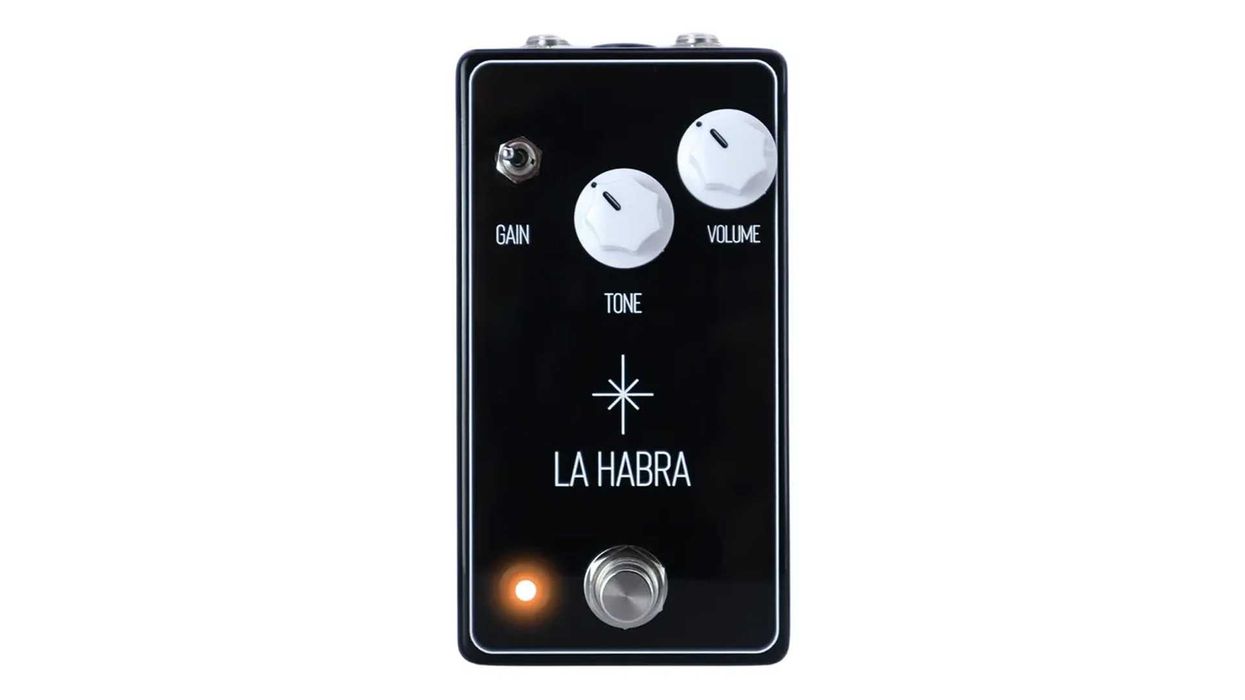I relate to the design impulses behind the Mojo Hand FX Stylus. Deep, demented, filthy pitch wobble? Right on! Intentional sound degradation? Yes! The Stylus is a weird pedal for weird people. Not everyone will get it. Some will be dismissive. And fair warning: You should definitely try before you buy.
On one hand, there’s nothing too strange about the Stylus. It’s built around a warm analog drive section that evokes overdriven preamps and mix console distortion, and a queasy, often Uni-Vibe-like vibrato. But while you can certainly use these combined effects to stoke Jimi-style fire (and it sounds great in these applications), Mojo Hand also intended the Stylus to sound a lot like a warped and scratched record. This isn’t an altogether bizarre impulse. Blur’s Graham Coxon made hissing, popping, warbly guitar sounds a part of some of the band’s most beloved tunes. And lo-fi indie practitioners and hip-hop producers also used damaged LP sounds extensively in the ’90s.
At cleaner settings, the Stylus’ cracks and pops—introduced and manipulated by the lo-fi button and degrade knob—aren’t so clearly the product of tape hiss or vinyl wear. In fact, detractors will probably say the crackling and hissing sounds like a busted cable or an amp on the fritz. But at certain advanced saturation and warble levels, that noise lends an intriguing ambience and frequency response that genuinely evokes charming tape and LP quirks and characteristics, and can situate your riffs in very different spaces.







